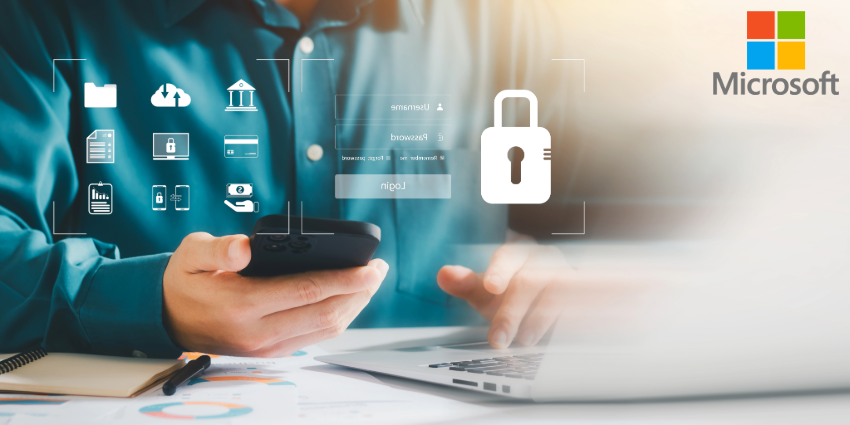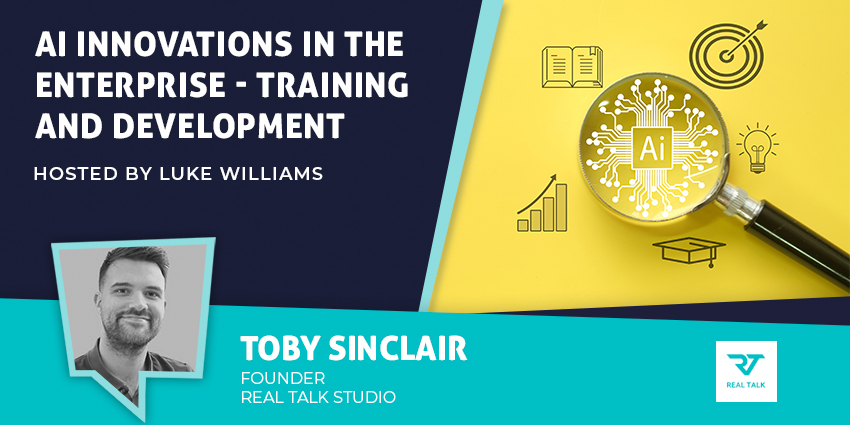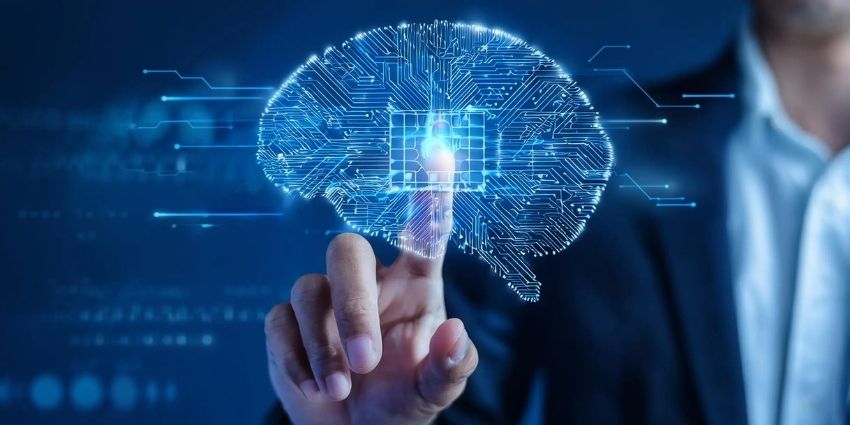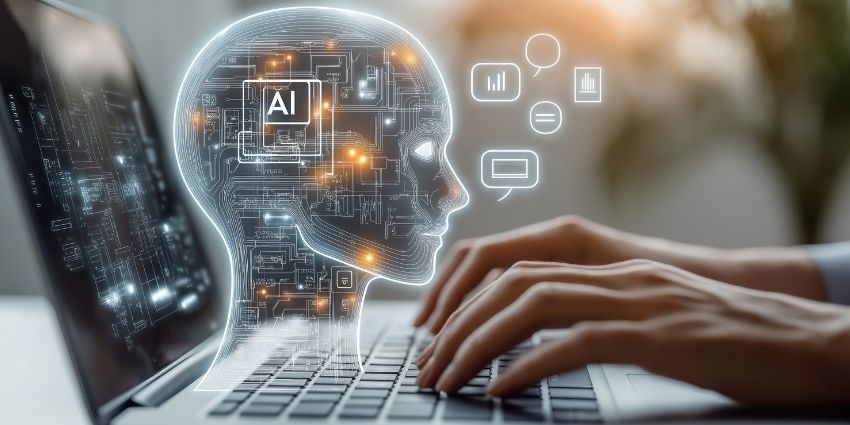AI and the Future of Enterprise Security: Microsoft’s Vision
In today’s AI- and data-driven world of work, properly securing AI systems while using AI to improve security has become essential for businesses all of sizes, from SMEs to enterprises. Microsoft’s new Copilot security agents and other tools address this growing need with practical solutions for the current threat landscape.
The AI Security Challenge
Microsoft CEO Satya Nadella recently emphasized the need for AI-powered security on Linkedin:
The numbers tell a clear story: Microsoft Threat Intelligence processes 84 trillion signals daily, while security teams face 7,000 password attacks every second. Between January and December 2024, Microsoft caught over 30 billion phishing emails aimed at their customers. This volume makes traditional manual security methods inadequate.
Microsoft’s AI-First Security Evolution
A year after introducing Microsoft Security Copilot, the company has expanded its features with autonomous AI agents that handle important security tasks. These agents operate across Microsoft’s security platform to help organizations find, investigate, and respond to threats faster and more accurately.
The six new Microsoft Security Copilot agents and five partner-built agents represent a major step forward in security automation. The Phishing Triage Agent in Microsoft Defender, for example, can independently process routine phishing alerts, freeing human security teams to tackle more complex issues and strategic work.
Competition in the AI Security Space
Microsoft isn’t alone in recognizing the critical need for AI-specific security solutions. In January 2025, Cisco unveiled its own AI security products – AI Defense and Hypershield – at its AI summit, timing the release with the announcement of a $500 billion U.S. investment in AI data center construction.
While Microsoft builds on its established security ecosystem, Cisco’s approach combines AI model testing for developers with a completely new security architecture for data centers.
Tom Gillis, SVP and General Manager at Cisco’s Security Business Group, outlined the company’s vision:
AI is transformative, driving huge productivity gains. The engine of AI — the data centre — will grow substantially, maybe an order of magnitude or more over the coming years. Now, every enterprise needs to think about how to get to an ‘AI-scale data centre’, and traditional appliances won’t get there.
Cisco’s internal research shows only 13% of customers are ready for AI deployment, though 90% seek AI benefits within two years—highlighting the urgency behind both companies’ security innovations. Cisco’s AI Defense will launch in March 2025, positioning it as a direct competitor to Microsoft’s expanding security offerings.
What This Means for Enterprise Security
For enterprise customers, these tools offer practical benefits beyond the technology itself:
- Filling the Security Skills Gap: With security professionals in short supply, AI agents can manage high-volume, routine work that would otherwise require valuable staff time.
- Growing Your Defense Capability: Companies can now expand their security operations to match modern threats without adding more staff.
- Better Security Planning: When AI handles routine tasks efficiently, security teams can focus on prevention and strategic improvements.
New Challenges in the AI Era
As more organizations adopt generative AI, new security issues arise. Microsoft’s recent report shows 57% of organizations have seen more security incidents related to AI usage, while 60% haven’t yet set up AI-specific controls.
Security leaders are concerned about:
- Stopping sensitive data from leaking into AI systems
- Protecting against new AI-specific threats
- Meeting changing compliance requirements
Taking Action: Security Steps for the AI Era
For enterprise organizations wanting to improve security with AI, Microsoft suggests:
- Set up AI security monitoring: Microsoft Defender now covers AI security across multiple cloud providers and AI models, including Google VertexAI and Azure AI Foundry models.
- Control “Shadow AI”: Use Microsoft Entra internet access controls to manage which employees can use different AI applications, preventing unauthorized AI use that might expose company data.
- Stop data leaks: Use Microsoft Purview browser data loss prevention in Microsoft Edge for Business to keep sensitive information from being entered into AI applications.
- Secure collaboration tools: Deploy Microsoft Defender for Office 365 to guard against phishing and other threats in Microsoft Teams, as attackers move beyond email-based attacks.
The Future of the AI Security Market
The security landscape continues to change quickly, with AI creating both new problems and new solutions. Companies that effectively use AI-powered security tools while also protecting their AI systems will gain advantages in resilience and risk management.
By using Microsoft’s security approach, enterprises can adapt their security operations to match current threats, turning a significant challenge into an opportunity for improvement.








